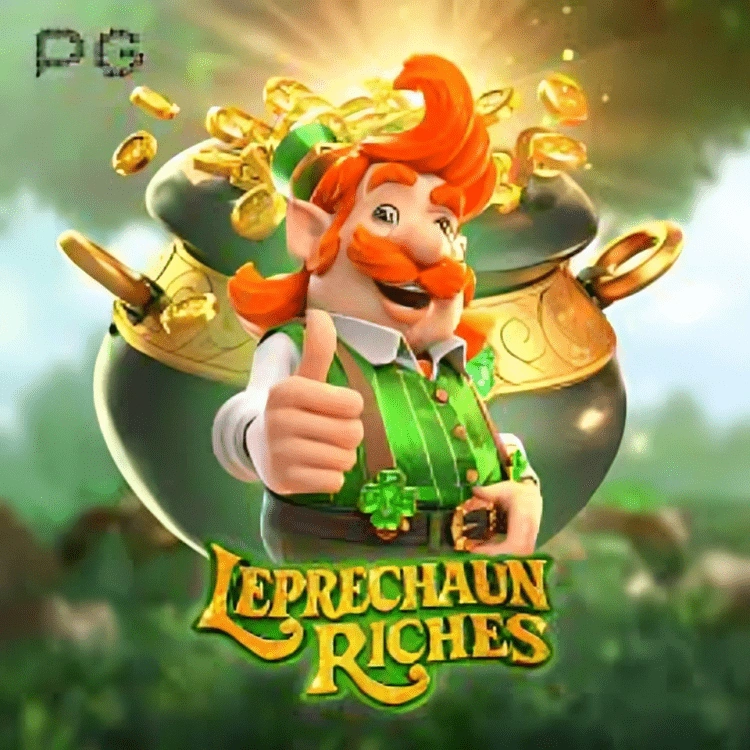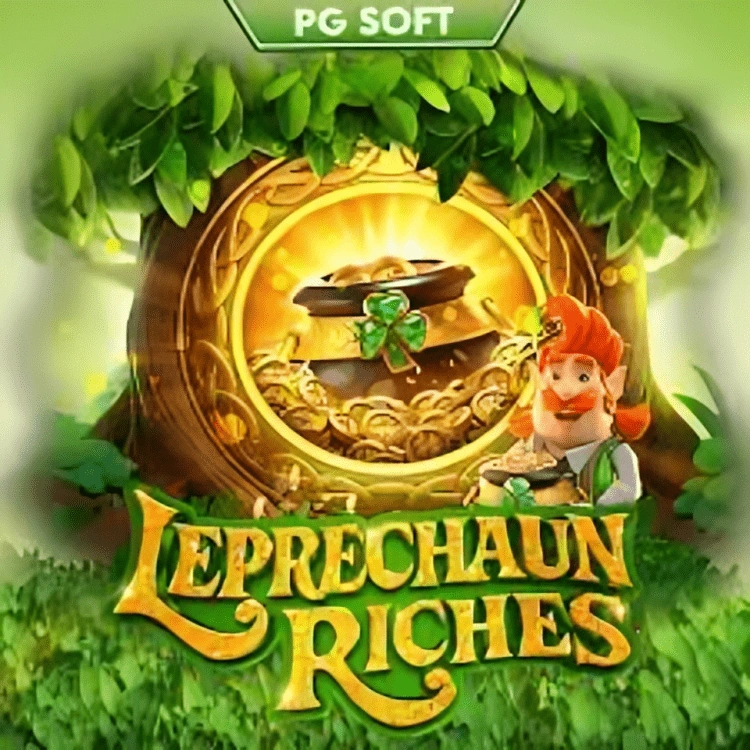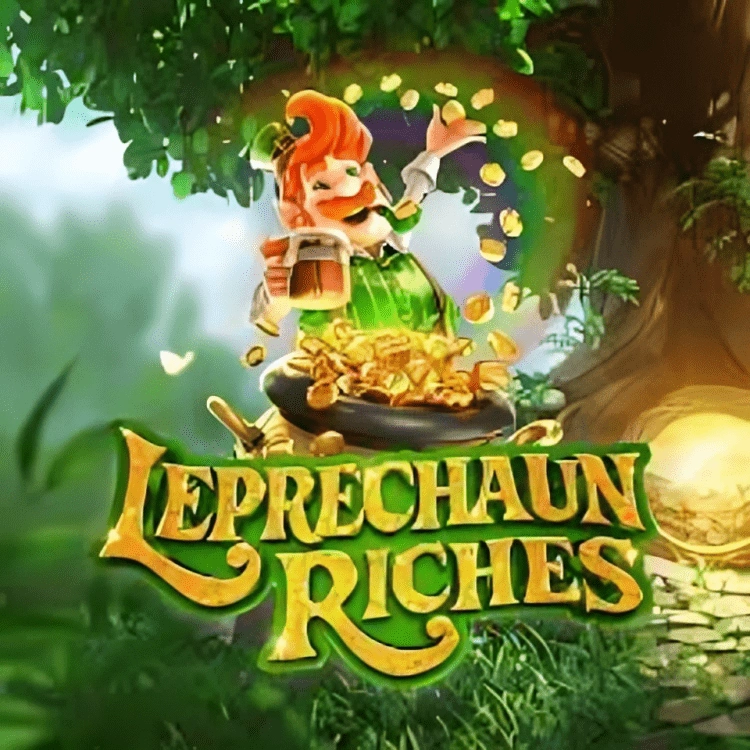Rediscovering the Best PSP Games: Gems of the Portable Era
The PlayStation Portable holds a special place in gaming history as one of the first handheld consoles to deliver true console-quality games. Its library featured some of the best games that successfully combined accessibility with depth. Many PSP titles remain fan favorites due to their engaging gameplay, memorable characters, and unique concepts. For example, Lumines redefined the puzzle genre by fusing music and block-matching mechanics into a hypnotic, addictive experience. God of War: Chains of Olympus brought the brutal action of the console series into a portable format without compromising intensity.
Role-playing games were another standout on the PSP, with Persona 3 Portable offering a rich narrative and innovative social simulation mechanics. The ability to delve into complex stories while managing day-to-day seduniatoto activities was a fresh approach that expanded what handheld RPGs could be. Other games like Monster Hunter Freedom Unite offered massive cooperative multiplayer experiences, making the PSP a hub for social and strategic gaming.
What sets these PSP games apart is their dedication to quality and innovation despite the technical constraints of the hardware. Many developers pushed the limits of the portable system to create visually impressive and mechanically rich titles. This effort resulted in games that are still enjoyable today and have a timeless appeal.
Revisiting the best PSP games provides a glimpse into a pivotal time in gaming, when portability met depth. These titles helped shape the future of handheld gaming and laid the groundwork for modern portable consoles. For both nostalgic players and newcomers, the PSP’s greatest games offer a rewarding experience that stands the test of time.




